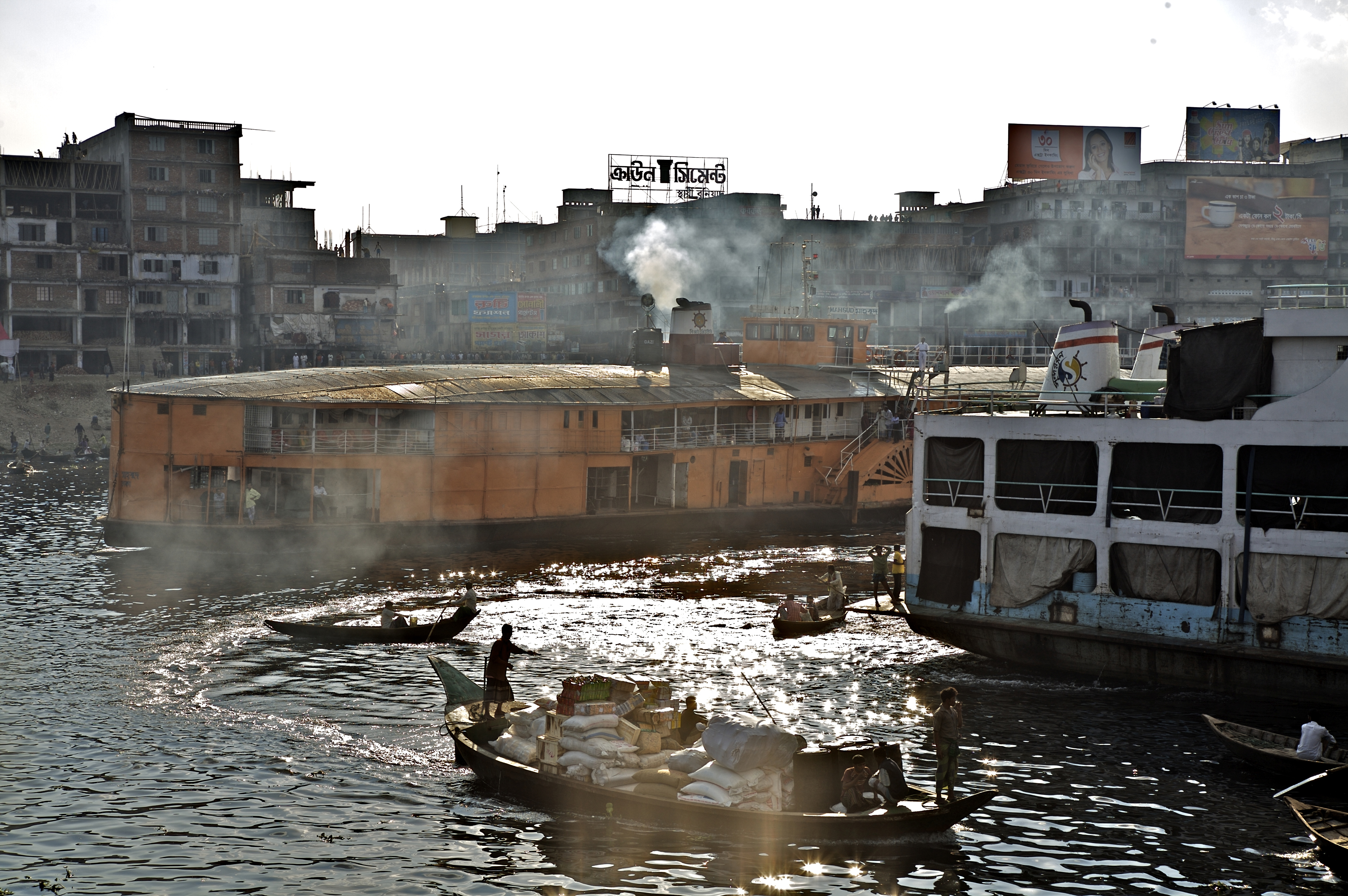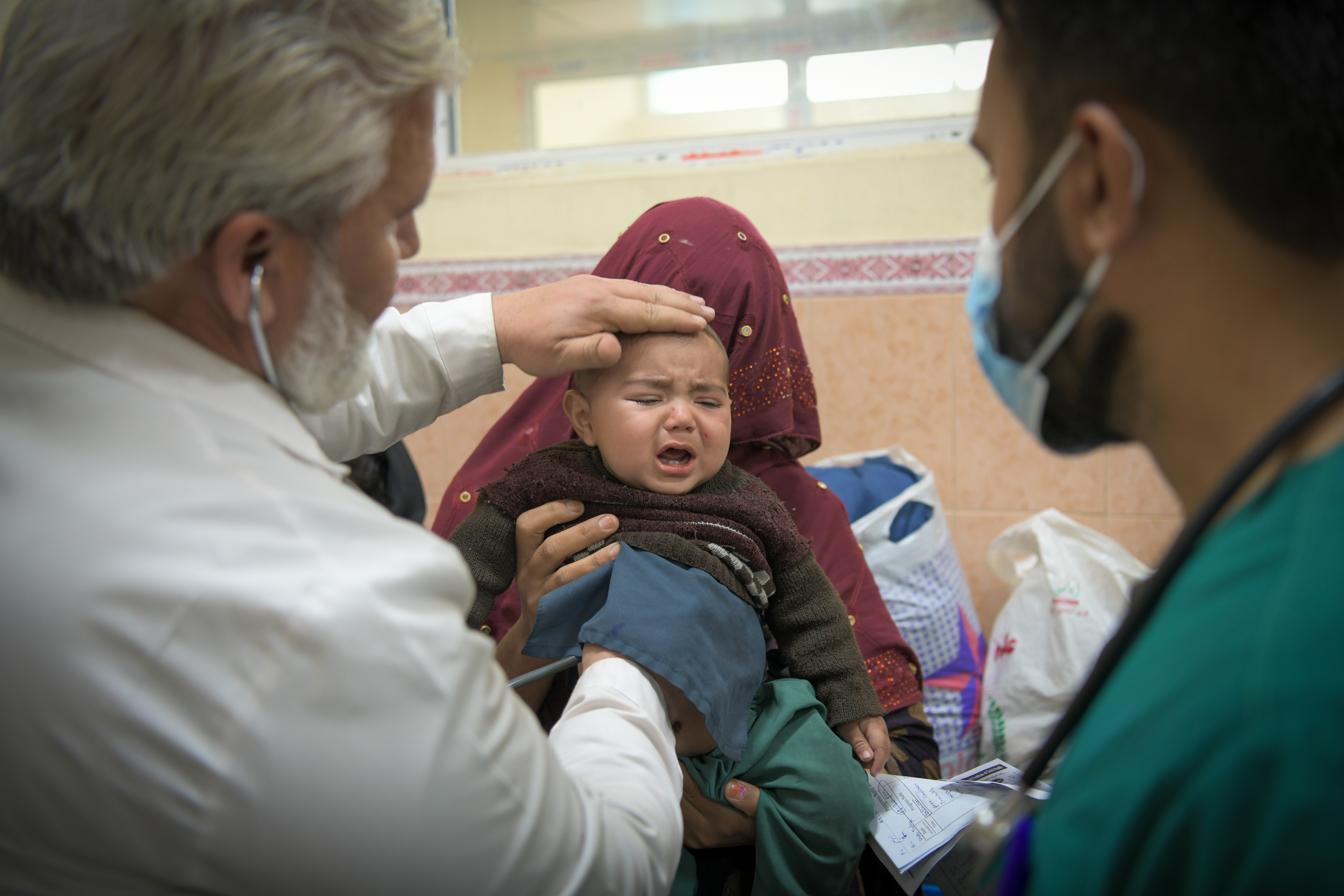By Sonika Paudel, UNICEF Nepal’s Youth Advocate for Climate Action
You wake up to find that your eyes are prickly, your throat hurts and your nose is running. You wonder what must have caused this, and then you remember: You were outside all day yesterday for work. What’s more, you need to do the same today.
This scenario is a reality for many people in Kathmandu, living and breathing as they are amidst toxic levels of air pollution. In fact, too many times in the year, Kathmandu ranks high in the global list of cities with the worst air quality, far exceeding international limits.
While significantly worse during the dry winter months, air pollution is increasingly becoming a year-round problem. One can just imagine the impact of this on the health of the city’s residents, which can range from temporary discomforts like eye irritation to lasting and serious risks of different respiratory illnesses, cancer, strokes and even mental health issues. And, as with most such things, it’s the youngest among us who are hit hardest by the adverse effects of toxic air.
A UNICEF study has shown that children are especially vulnerable to air pollution because they breathe more rapidly, and don’t have fully-development physical defenses and immunities. Air pollution, according to the study, can put babies’ brain development at risk, the repercussions of which could last throughout their lives.
So, what is causing this problem? Research says that the factors are much the same as in other developing countries – primarily vehicle emissions and road dust. Other factors are open waste burning, and emissions from brick kilns, factories and households. And, of course, there is the bowl-like shape of the Kathmandu Valley which prevents the dispersal of air pollutants. This gets particularly bad in the winter when pollutants get trapped closer to the ground.
Of course, there is the matter of preventing the immediate effects of bad air on health. This includes wearing masks, making sure to check the air quality information regularly, and staying indoors when the pollution levels are too high.
All to say that while air pollution might feel entirely too big a problem, we cannot afford to lose hope – not when the present-day realities and futures of our children and young people are at stake.


It’s easy to give in to anxiety and hopelessness when you’re faced with such facts – it might feel like the problem looms too large and that there is nothing that can be done.
However, like with most such issues, the solutions are two-fold.
- On one hand is the need for governments and leaders to work hand-in-hand with experts to improve research, advocacy and response on air pollution. Policies and programmes should be evidence-backed, and they should not be limited to paper or discussions, but result on actual action on the ground. This includes such steps as more investment in clean energy, improved waste management and healthcare. While some encouraging changes are already being seen – such as the establishment of several monitoring sites around the Valley, more electric vehicles on the road – much more still needs to be done on the policy-making and implementing fronts.
- On the other hand, are things we could do as individuals. Increasing the use of renewable or more efficient energy sources is one such example – whether for cooking, transportation or other purposes. We can also look into better household-level waste-management options to replace waste burning. Ensuring more greenery in our surroundings, to the extent possible, is yet another step we could take.